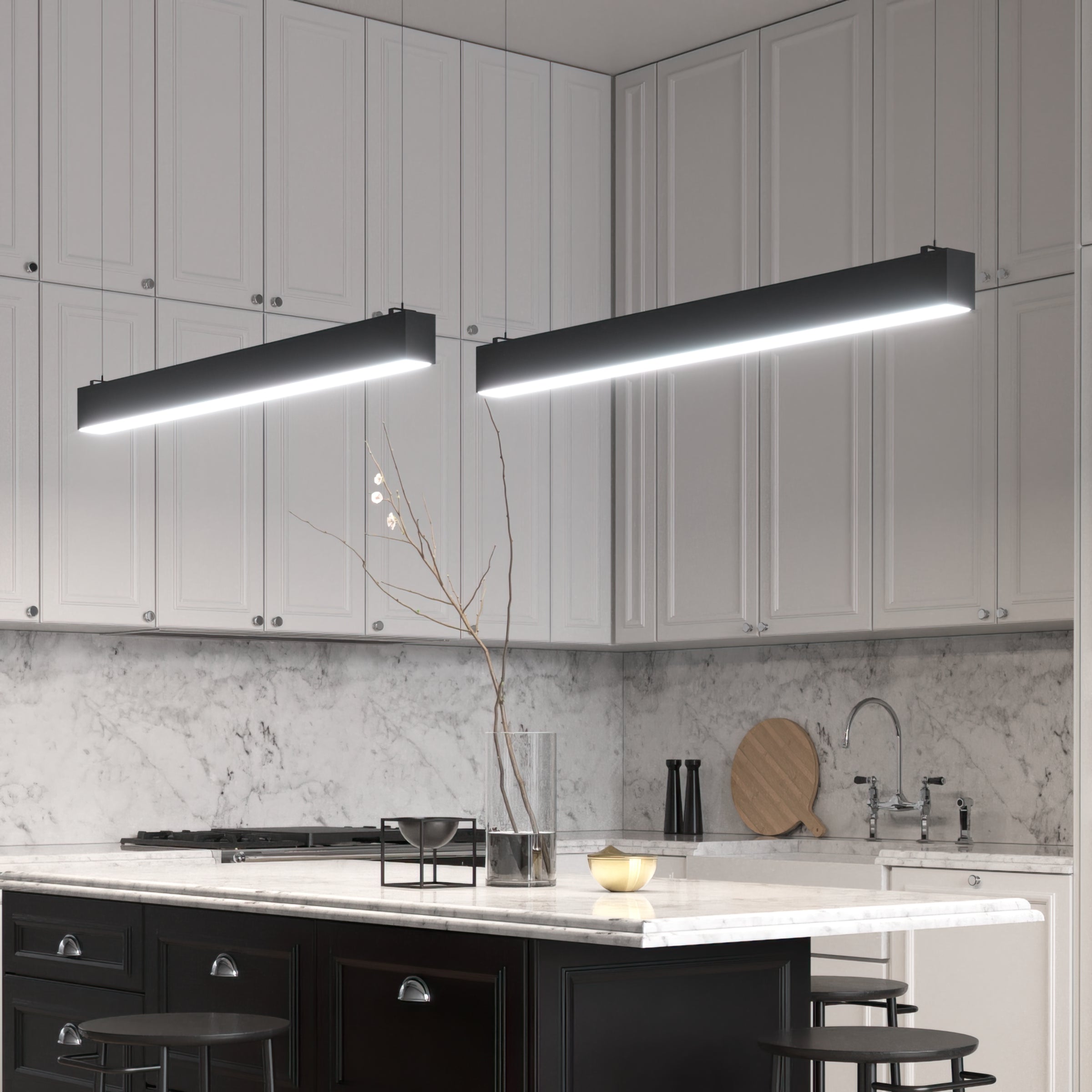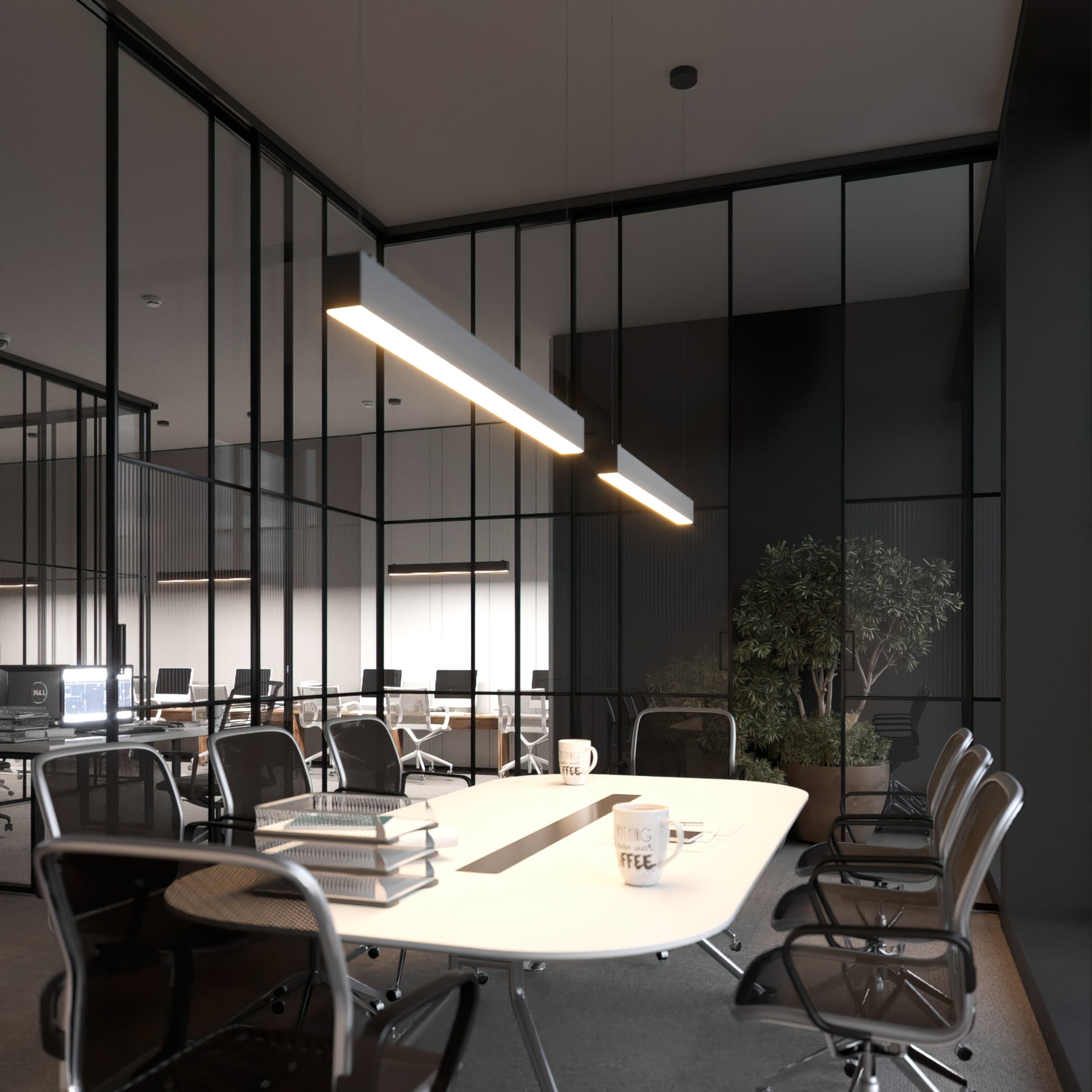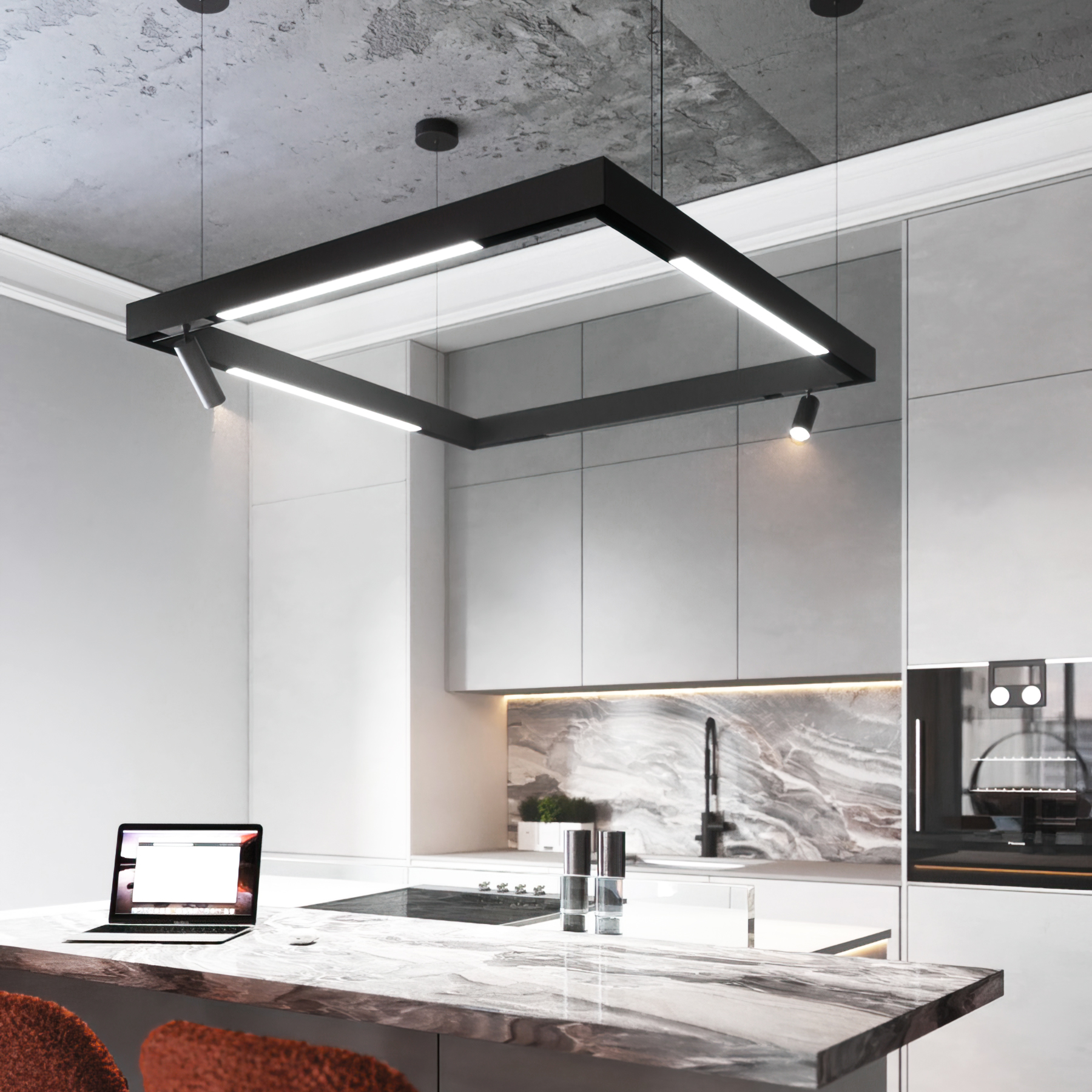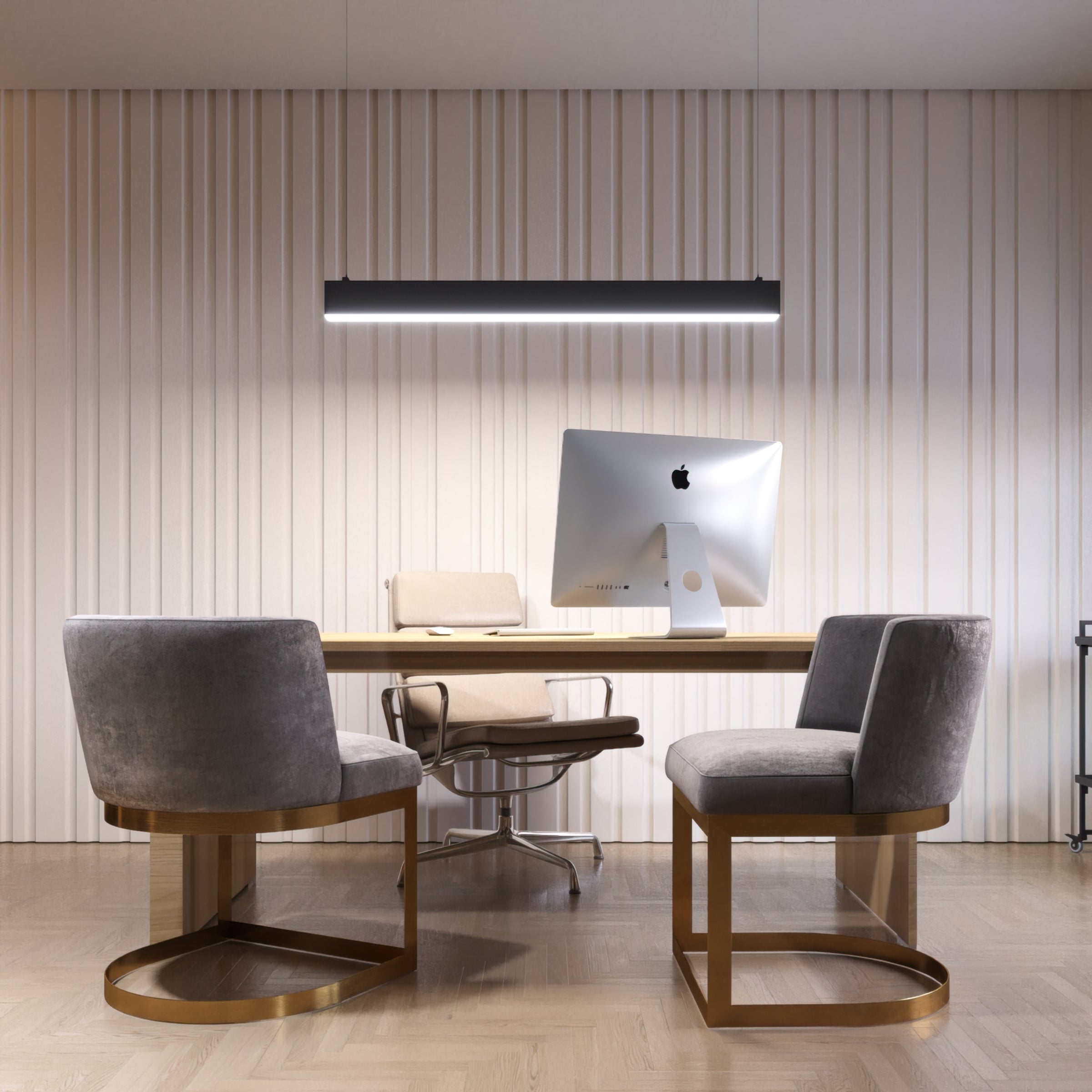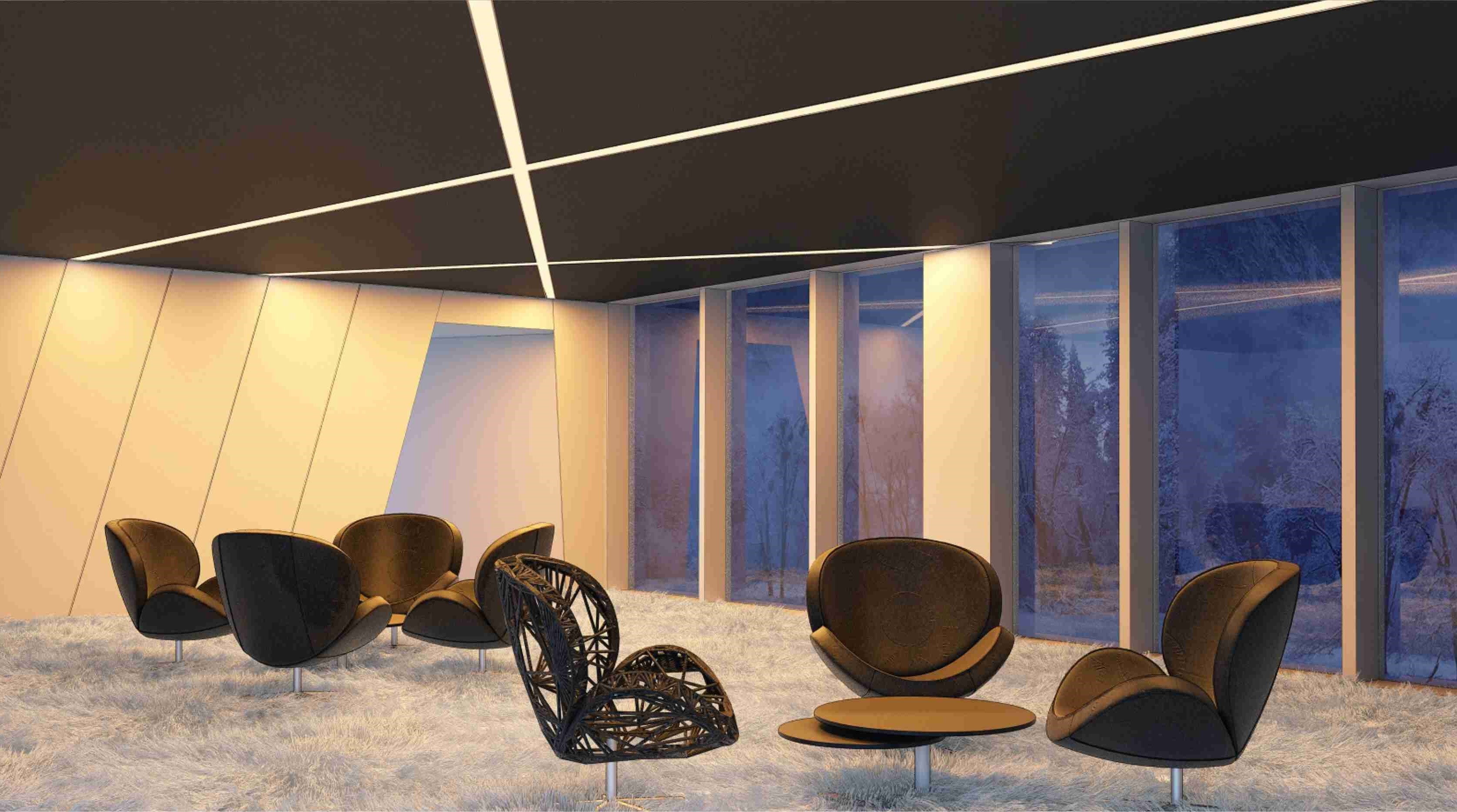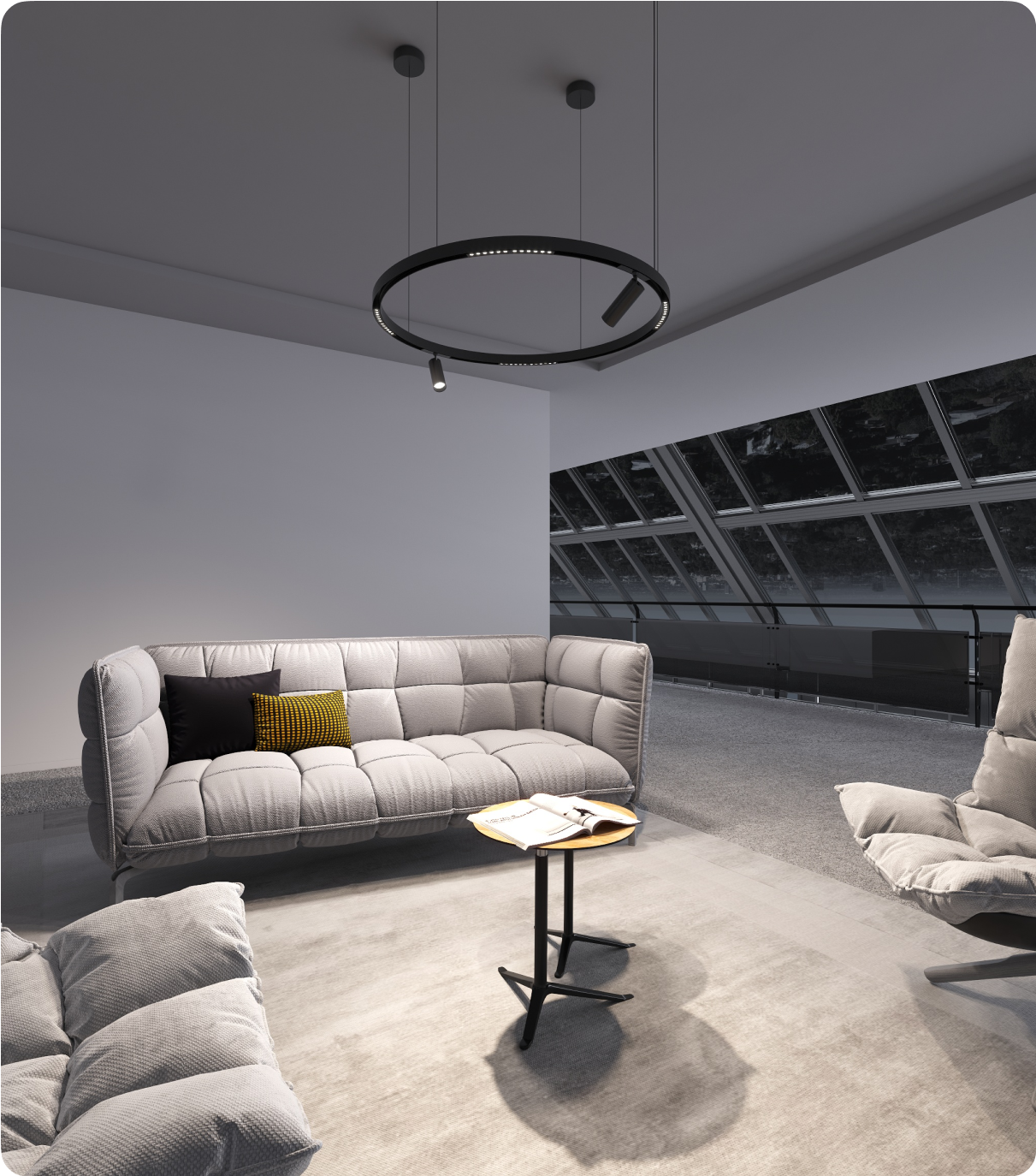The most crucial aspect of every commercial building or residential space's look and feel is its architectural lighting fixtures. These lightings are responsible for adding the right ambiance, style and functionality to every space. It is important to understand what architectural lighting is all about and how it differs from other kinds of lighting fixtures.
What is Architectural Lighting?
Architectural lighting is a set of exterior and interior lights used for decoration, safety, and practicality. They are used to create an ambiance or atmosphere, improve visibility and safety, and artistically enhance the appearance of a building or space by accentuating its features. The best architectural fixtures are well-chosen, carefully placed and sparingly used — they never draw attention away from their intended function or space.
Architectural Lighting Design
Architectural lighting design is a specialized form of interior design; it includes designing fixtures and lighting systems for commercial and residential properties and selecting light bulbs, lamps, switches and dimmers for commercial spaces. Often, these elements are combined with textiles, furniture and accents like artworks to create room and building designs. There are two types of architectural lighting design, and they include:
Daylight design (uses natural light): Daylight design is one of many natural lighting design approaches, but it is arguably one of the most influential and important. With daylight design, architects use windows as a key tool for managing natural light in indoor spaces. Daylight design can be applied to nearly every space within a building. Architects can maximize their work by strategically placing skylights or tall windows in rooms where natural light is most effective at doing its job.

Electric light design (uses artificial light): Electric light design is a category of architecture that uses artificial light, especially electric light. It covers lighting in public and private spaces and outdoor lighting.
- Daylighting: Daylighting will always ensure that you have good, well-balanced light in business and private spaces that help with tasks.

- Night Lighting: Night lighting fixtures are vital for illuminating dark areas. They can greatly improve your spatial and visual awareness in low-light areas such as hallways or stairwells. Well-chosen night lights provide soft illumination that is pleasing to the eye.

Types of Architectural LED Lights
Depending on the application, different architectural LED lights can be used for any number of lighting situations. Each of these products has its specific use and benefits. They include:
1. Linear Fixtures
Linear lighting fixtures are extremely popular as residential / commercial architectural lighting. They are known for creating a beautifully even wash of light that can make any space feel inviting. Linear fixtures come in different lengths, each illuminated with an array of long, slender bulbs. This makes it possible to place linear lights closer together without creating hot spots or dim patches within the overall space.

2. Round Ceiling Fixtures
With round ceiling fixtures, you can brighten a whole room with one fixture. The lights can be ceiling mounted or suspended from the ceiling with a cord or rod, which makes it possible to select the optimal design solution. All our round lights are bi-directional — they can cast light up and down at the same time, creating a cozy atmosphere. It should also be noted that this type has no shade or reflector.
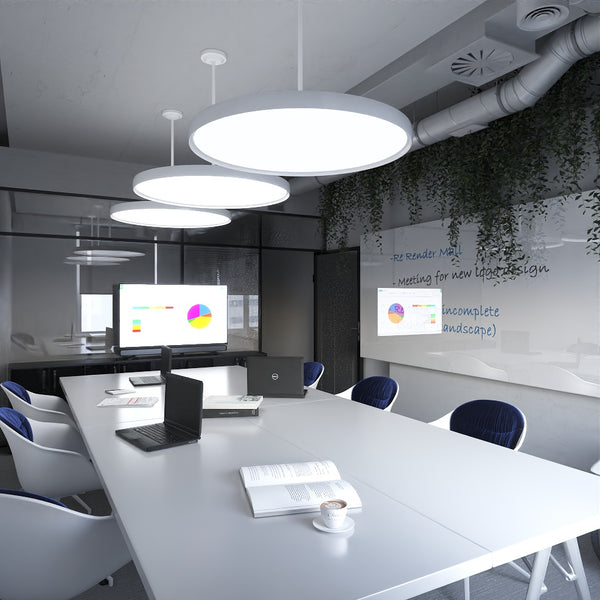
3. Magnetic Track Pendant Sets
For a low-maintenance lighting option, consider using magnetic track pendant sets. These simple yet elegant lighting systems comprise one piece of tubing that can be adjusted or repositioned as desired without using cumbersome wires. The magnetic track is ideal for anyone with a small or irregularly shaped space needing uplighting or additional lighting.

4. LED Channels and LED Strips
The LED Channels offer a wide range of benefits for the architectural buildings. They are capable of providing the clean white light that is necessary for showcasing both man-made and natural architectural features, as well as producing all colors, shades, and hues. This means that LED Channels can be used to create any desired mood or aesthetic effect. LED strip lights, on the other hand, is a type of architectural LED lighting that offers the potential to significantly reduce energy use and provide color-rich, long-lasting light.

Where to Use Architectural LED Fixtures
Architectural LED fixtures work great in public places where many people will be present. Think of venues like hotels and office buildings, whose large surfaces greatly impact. Other places where they can be used include the following:
- Beauty Salon / Barbershop.
- Restaurant / Cafe / Bar.
- Retail Store.
- Art Gallery.
- Gym / Dance or Yoga Studio.
- Recording Studio.
- Commercial Bathroom.
- Garage / Garage Shop.
- and so on.

Architectural LED fixtures can also be used in residential buildings. They fit well in the living room creating a welcoming ambiance, they can be used in the hallway and kitchen to make it feel more contemporary and the bedroom to set the mood for romantic evenings.

